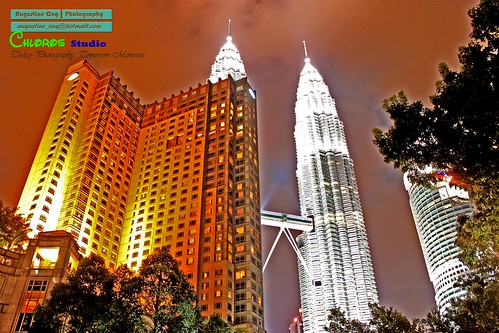

The Alleycats is a Malaysia band which was formed in 1969, and gained popularity in the late 1970s. They comprise of musicians from Penang, and gained popularity in their home state earlier on in their career.
Band Members include:
§ David Arumugam on vocals
§ Loganathan Arumugam on vocals
§ Tan Chin Hock on drums
§ Shunmugam Arumugam on lead guitar
§ Chester Anthony Passerella on saxophone
§ Khoo Fook Sin and Grenville Pereira (Gren) on keyboards
§ Frank Ong on bass guitar.
Alleycats' music is said to be influenced by Air Supply, Phil Collins, Bee Gees, Billy Joel, David Gates & Bread, Santana and Paul McCartney.
Most of Alleycats albums were produced by Eric Yeo. Most of their hit songs were penned by music supremo M. Nasir with the lyrics most done by S.Amin Shahab. M.Nasir/S.Amin combination were most noticed with hit songs such as Hingga Akhir Nanti, Andai Aku Pergi Dulu, Sekuntum Mawar Merah Sebuah Puisi, Setahun Sudah Berlalu, Seribu Bintang, Nota Terakhir.


















































